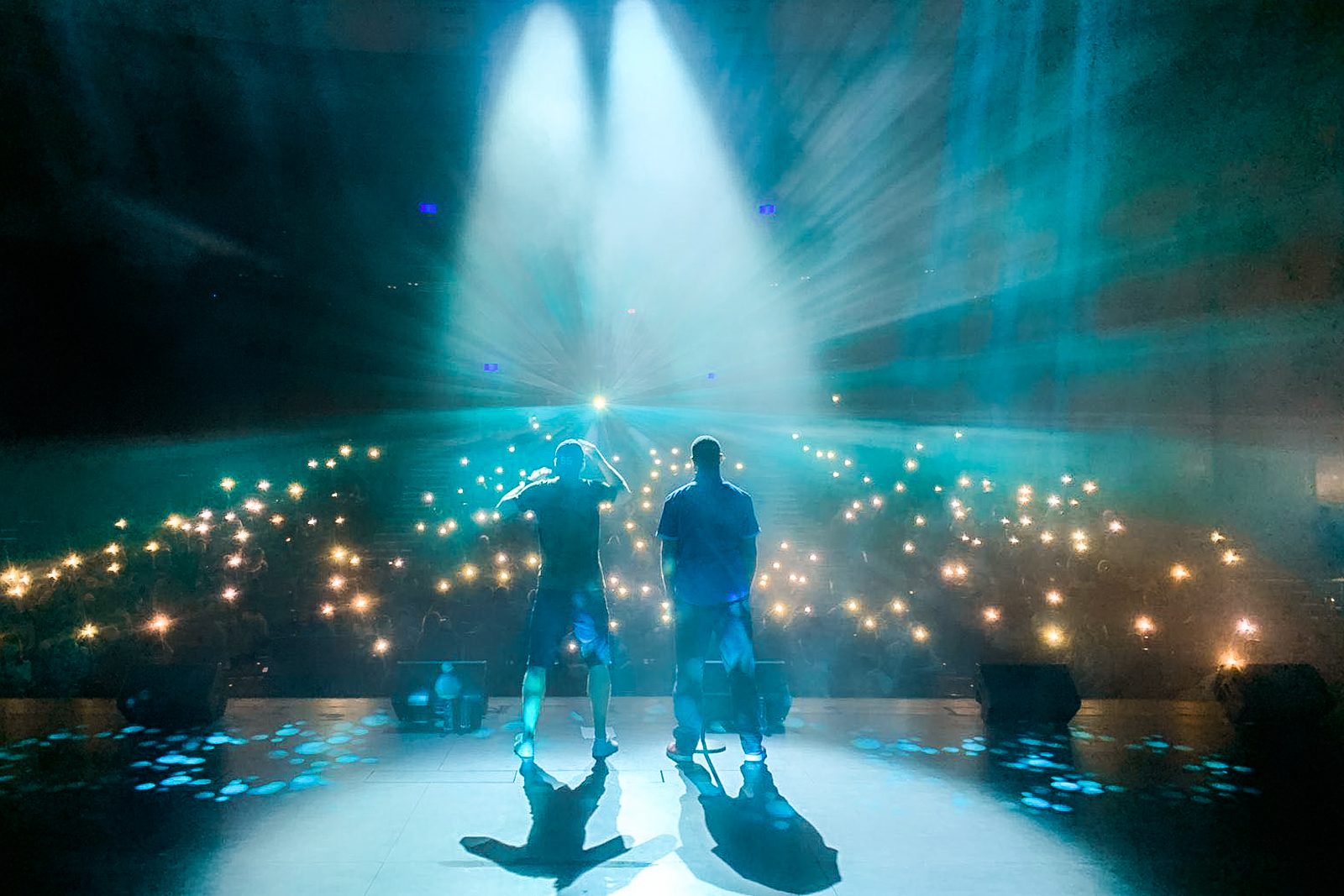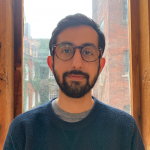This article is published through our Regional Reporter Program. We acknowledge the support of the Canada Council for the Arts through the Digital Now initiative.
This article was originally published in our Spring 2022 print issue.
CoMotion, a new Deaf and disability arts festival, opened at the Harbourfront Centre in Toronto yesterday.
Curated by Alex Bulmer, a theatre artist, educator and writer, the festival is set to be one of the biggest disability arts events in North America, featuring more than two dozen Canadian and international artists. Pending pandemic restrictions, the event will host live and digital exhibitions that engage participants with disability arts and showcase the creativity and diversity within the Deaf and disabled community.
As more arts festivals consider how to increase accessibility for participants, Bulmer said having a dedicated space for disabled artists is an opportunity to promote a sense of community, go beyond access and put disabled people at the centre.
“It is so important to break down that medical model of disability and reframe that [idea] that disability is political,” she said. “Disability is art. Disability is a way of being in the world. As disabled people, we all are very different and have our distinct characters and personalities and lives, but we do share a common understanding that the world essentially has not really been designed for us.”
The festival features REAson d’etre dance productions’ Dancing With the Universe, co-directed by Vivian Chong and Kathleen Rea and choreographed by Rea. The work tells the story of Chong’s loss of sight.
“When I’m involved in a mixed-ability project, in a disability affinity space, or a place like CoMotion, I feel like I can show up as myself,” said Rea. “There’s an acceptance of the different ways that all of us show up, and that is so relaxing for me as an artist.… I feel like there’s a better chance I’ll be understood.”
The performance will provide an american sign language interpreter and will include one relaxed performance in which the house lights will only be dimmed.
“Creation opportunities have been hard for both Vivian and I to find because of our disabilities. The festival creates a space for us, where we’re invited in and we’re appreciated for who we are, and where the art is the centre point,” said Rea, who has autism as well as a learning disability that makes writing challenging.
Other Canadian artists you can expect to see at the festival are Wy Joung Kou, Yolanda Bonnell, Syrus Marcus Ware and Erin Ball.
According to a 2018 Canada Council study on Deaf and disability arts practices, accessibility within the arts and event spaces remains an ongoing concern for Deaf and disabled artists.
Aislinn Thomas, a disabled and chronically ill interdisciplinary artist based in Unama’ki/Cape Breton, said access “requires an openness to having structures be transformed by those present” to address their needs and that there is no one-size-fits-all approach.
“It’s about understanding access as a collectively held responsibility,” said Thomas. “Having disabled leadership, especially multiply-marginalized people with disabilities, is really valuable and crucial, and understanding that disabled people are artists, and they are also audience members.”
Bulmer is excited for people to experience what Deaf and disabled artists have to offer the arts industry.
“What I love about disability art is that it so often shifts expectation of what art is supposed to be, what it’s supposed to look like, sound like or feel like,” she said. “Ultimately, the result is an innovation of form and process.”
The CoMotion Festival runs from April 20 to May 1.
Dance Media Group strengthens the dance sector through dialogue. Can you help us sustain national, accessible dance coverage? Your contribution supports writers, illustrators, photographers and dancers as they tell their own stories. Dance Media Group is a charitable non-profit organization publishing The Dance Current in print and online.

Tagged:






